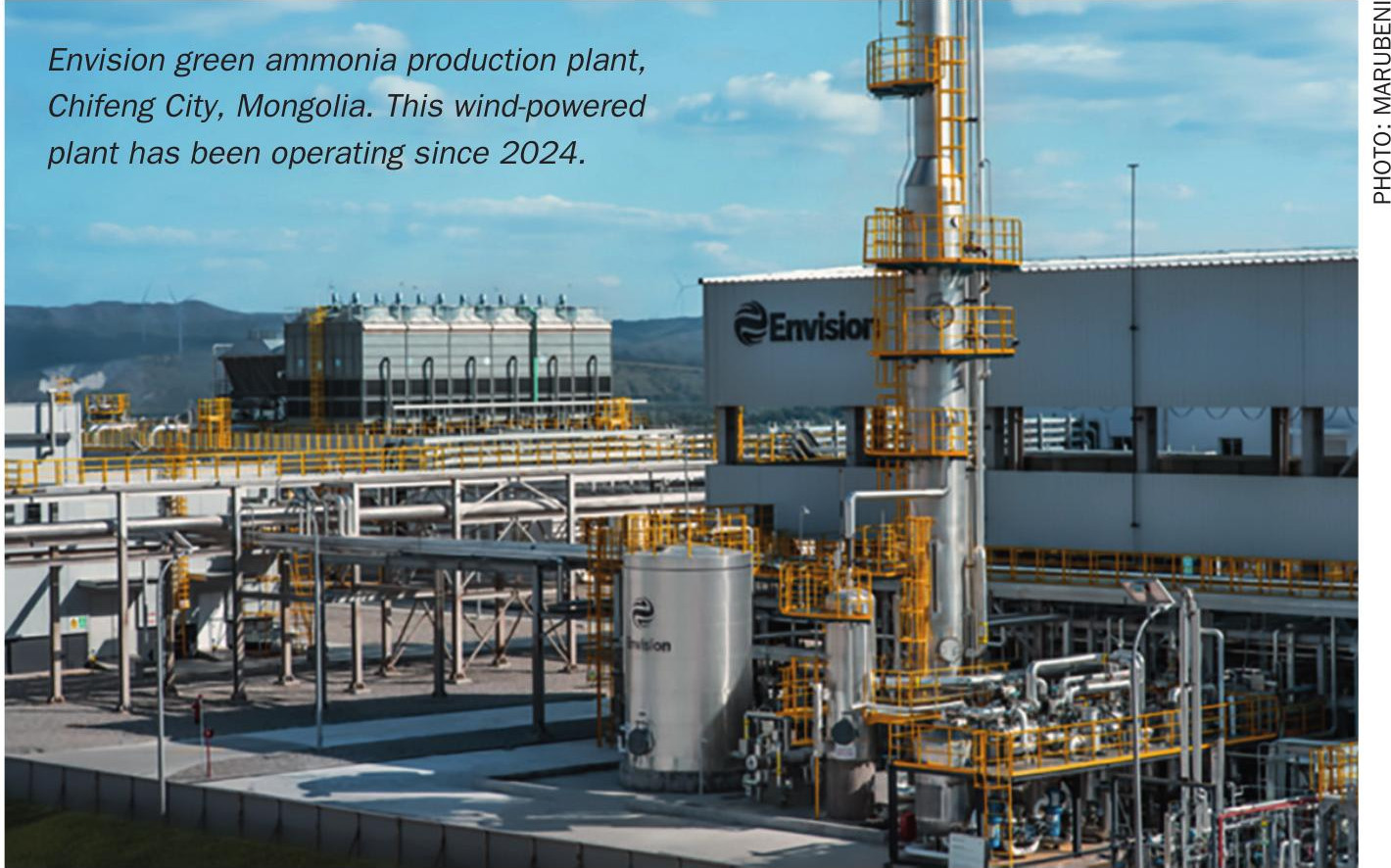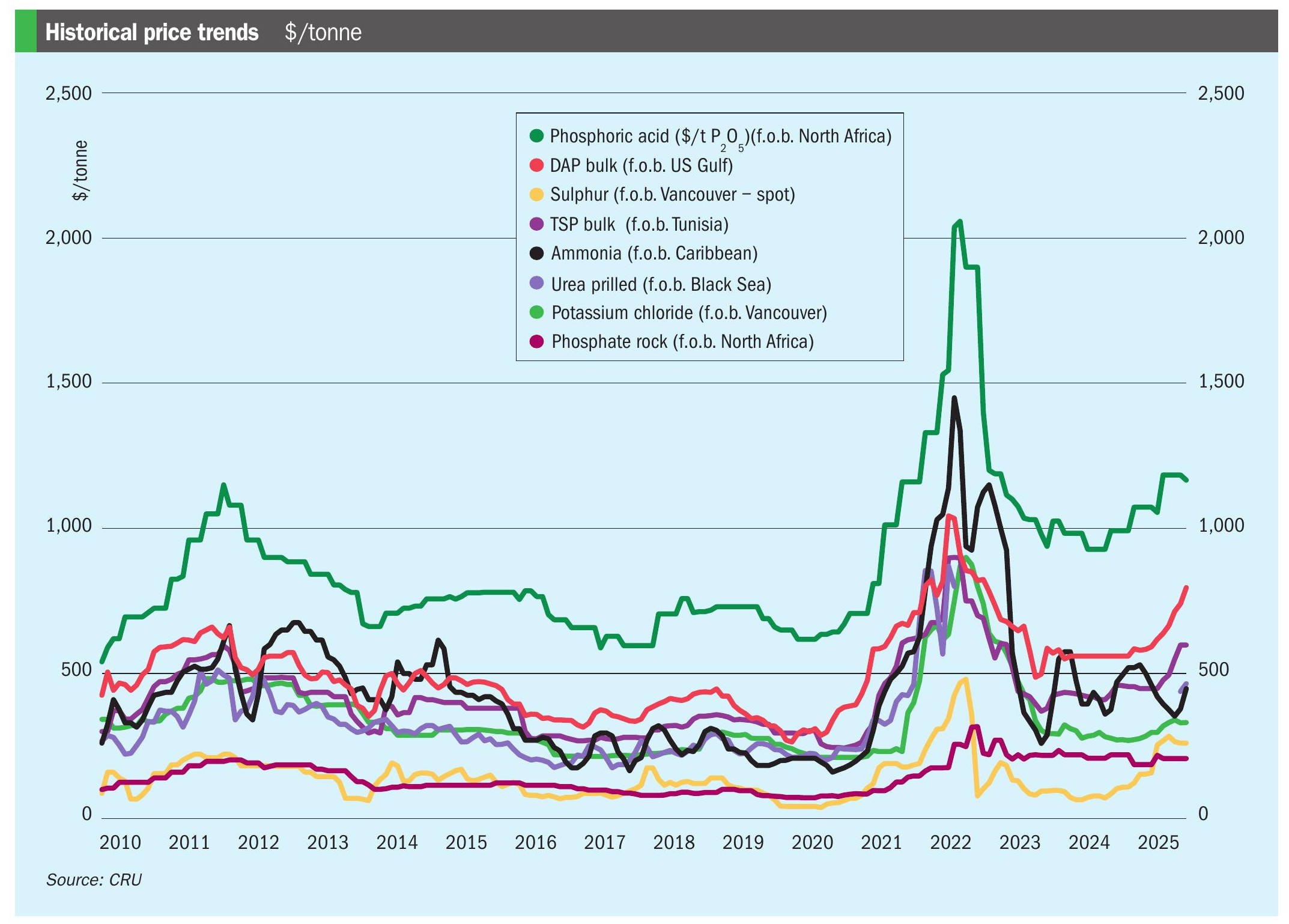Nitrogen+Syngas 370 Mar-Apr 2021

31 March 2021
Market Outlook
Market Outlook

AMMONIA
- The ammonia industry faced a difficult February, due to extremely cold weather conditions in the northern hemisphere. In the US, production outages resulting from winter storm Uri affected up to 7 million t/a of capacity.
- Supply tightness was exacerbated by ice in the Baltic Sea affecting deliveries from northern Russia, and gas curtailments in Trinidad and China. There were also unexpected production outages at EBIC in Egypt, and at the Burrup ammonia plant in Western Australia. As a consequence, ammonia prices rose rapidly to levels not seen for a couple of years.
- As the weather warms and plants restart, most of these restrictions will ease, but with many players in the market seeking emergency tonnages, some producers are already reporting to be sold out for April and price increases are expected at least until May, when returning supply is likely to bring prices back under control again.
UREA
- Freezing temperatures in the US also impacted upon urea production, with a number of producers forced to enter the market to secure supplies for customer contracts, driving up US prices dramatically. Spiking gas prices also encouraged producers to sell gas rather than make fertilizer.
- Urea demand continued in Turkey, helping to raise Egyptian prices, while increased freight rates have raised urea prices in many key markets, including Brazil.
- Expectations of an Indian tender in January-February did not materialise, but could still drive prices higher when it occurs, especially as supply from Middle Eastern suppliers remains tight. Buying from China and Brazil has also been subdued.
- However, expectations for 2Q 2021 are for a surplus in the market as demand wanes in the west and new capacity comes on line.
METHANOL
- Oil prices have been on an upward trend, beginning 2021 at around $50/bbl for Brent crude, and rising to $70/bbl by the start of March.
- Methanol prices have risen accordingly, assisted by news that gasoline and diesel consumption in China has continued to run at higher than pre-virus levels this year following the faster-than-expected return of factory activity and infrastructure building following the Lunar New Year holiday.
- However, there is also the possibility of increased methanol supply in China as the country emerges from winter and natural gas supply curtailments are eased for gas-based methanol producers. There are also expectations of increased supply from Iran.
- US supply was disrupted by the cold winter weather in the southern states and US Gulf, and Trinidad remains impacted by gas supply issues. The fire at Tjelbergodden also removed supply from Europe during January.






